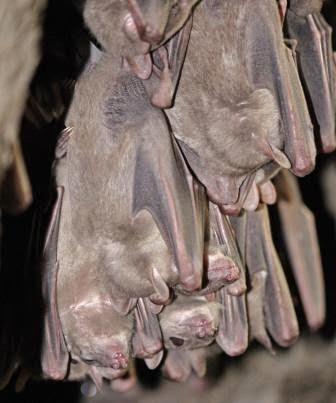Anyway, The Three and I did write about setting on Thursday. Since so many good things come in threes, our writing exercise about setting had three steps.
Step One: Get a Character
Start by choosing a character
name from a random name generator. Spend five minutes writing a brief bio of
the character. You can write anything you want about the character, but he or
she must be contemporary. The character name we picked was Jude. The Three love an androgynous name.
After we wrote about Jude, we spent a few minutes talking about what The Three know about setting, which was pretty much what I talked about with The Further Four back in January.
Now, spend five to seven minutes writing about the carousel in the picture, in list or paragraph form, whatever rocks your world. Be sure to include as many of the five
senses as you can, and don’t forget to include the carousel's surroundings (meaning if you're riding the carousel, you can see outside of it to what's going on around it).After we wrote about Jude, we spent a few minutes talking about what The Three know about setting, which was pretty much what I talked about with The Further Four back in January.
Step Two: Get a Setting
I loved how a couple of The Three ended up giving the carousel a personality: ominous or lonely. Because that's where we were going next, with the discussion of setting having a personality.
Once we'd had that discussion, it was time to try out writing about setting as a character.
Step Three: Give the Setting Some Anima
(Not anime. Anima. Important distinction.)
Now we want to look at how setting can play a role in how your character behaves. We’re going to place him or her in the setting we wrote about earlier, but we want to give this setting a personality. When you write, you can add in as many other characters as you want—or none at all—but you must assume that there are a bunch of people in this setting, just like in the picture. Write for 10 minutes. Share.
Now we want to look at how setting can play a role in how your character behaves. We’re going to place him or her in the setting we wrote about earlier, but we want to give this setting a personality. When you write, you can add in as many other characters as you want—or none at all—but you must assume that there are a bunch of people in this setting, just like in the picture. Write for 10 minutes. Share.
This can be a little tricksy, so you can always assign a personality for the setting: You want the setting to annoy your character or confuse your character or protect your character. In fact, try it all three ways and see how each affects your character and the plot, because the harmony of the world digs things in threes. Like three tacos or three rock climbing partners or three really fabulous teen writers who let me experiment on them every month with writing prompts.










